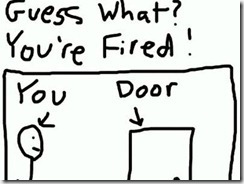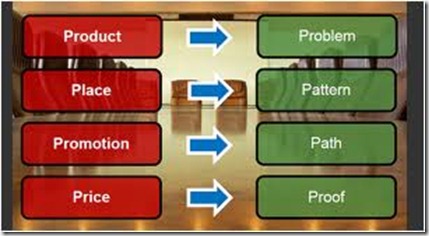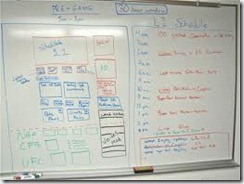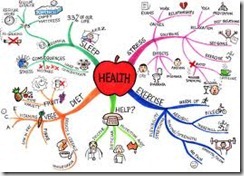Making a Challenger Sales Presentation or NOT?
I love Flip Charts the fresh white surface, the smell of the permanent marker Pens! If you have been to one of my “Early Closing” days, then you know the room fills with Flip-chart pages 20 or more blue tacked to walls, windows and doors. Flip charts filled with 3M post its which are sorted, listed grouped as we identify HOW we will win the sale, and WHAT we have to do to win it!
I do not like “Whiteboards” so much, you cannot bring them with you,
and you are not allowed to take them away after you finish!
The content is temporary, like their Dry Marker Pens (more Dry than Marker) with almost no smell.
The main use I put whiteboards to is as a Projection Screen for presentations, and they are not very good at that either.
They always have a glaring, reflective “hot-spot” which prevents the viewer from seeing the best bit!
It has been with some interest that I have watched the FAD of “Sales White-boarding” grow.
Like all FADS, numerous people claim its invention. Moreover, even more “licenced”
or “accredited” to run a “White Board Sales School” Training Courses.
There is a wide range of Claims for “white boarding”, the basic claim is it’s “better” than PowerPoint.
Additional claims are its memorable, creative, flexible and persuasive.
The CLAIMED out comes of white boarding are SHORTER Selling Cycles, BETTER Sales Margins and
more acceptable to C level Buyers. Most Firms would want these.
What is the reality? Have a look at this video.
http://www.youtube.com/watch?v=r_CAZkris4Q
Are their Claims met? Is it ´operator error´ or is it the concept?
Let us compare this to a simple PowerPoint Presentation on a similar subject.
http://www2.bt.com/static/i/media/pdf/secure_internet_teleworker_presentation.pdf
There is a “script”, which the presenters are trained to “tailor” to their audience.
If it is no better, it is certainly no worse.
Let us look at some static images
Which is a C-level graphic, which is a play ground doodle?
These are two BLOG graphics from one of my favourite bloggers, a really smart guy…….
Many smart people are being mesmerised by this approach,
especially in MARKETING, but MOST Sales people CANNOT use it effectively,
only a very few who do use it, use it even fairly well.
What you did………
My conclusion: if you have an arty degree,
especially in the graphic arts this tool may help you.
If you do NOT have any talent in lettering or drawing,
if you always lose at Pictionary,
then remember the Saying
“A fool with a tool is still a fool!” (Thanks Tamara)
What does all this have to do with Challenger Selling?
I have watched a series of great opportunities being blown due to inappropriate amateurish,
even childish efforts to whiteboard. And, at the same time as the CMO is sending
more and more people of for “Training” in the ART.
Buy a copy of “The Challenger Sale” for your Salespeople instead, it’s cheaper,
the outcomes are SHORTER Selling Cycles, BETTER Sales Margins and
more “Challenging Selling” is a lot more acceptable to C level Buyers, than DOODLES.
If your PowerPoint Skills are poor, then get trained.
If your PowerPoint Presentations are boring or extra-long then buy the book “Beyond Bullet points”,
and realise the power of Great Storytelling, together with great graphics
in a really SALES PROFESSIONAL way.









